When I profile code which heavily uses the all/any builtins I find that the call graph as produced by profiling tools (like gprof2dot) can be more difficult to interpret, because there are many edges from different callers leading to the all/any node, and many edges leading away. I'm looking for a way of essentially omitting the all/any nodes from the call graph such that in this very simplified example the two code paths would not converge and then split.
import cProfile
import random
import time
def bad_true1(*args, **kwargs):
time.sleep(random.random() / 100)
return True
def bad_true2(*args, **kwargs):
time.sleep(random.random() / 100)
return True
def code_path_one():
nums = [random.random() for _ in range(100)]
return all(bad_true1(x) for x in nums)
def code_path_two():
nums = [random.random() for _ in range(100)]
return all(bad_true2(x) for x in nums)
def do_the_thing():
code_path_one()
code_path_two()
def main():
profile = OmittingProfile()
profile.enable()
do_the_thing()
profile.disable()
profile.dump_stats("foo.prof")
if "__main__" == __name__:
main()
